Amazing Food
Foie Gras
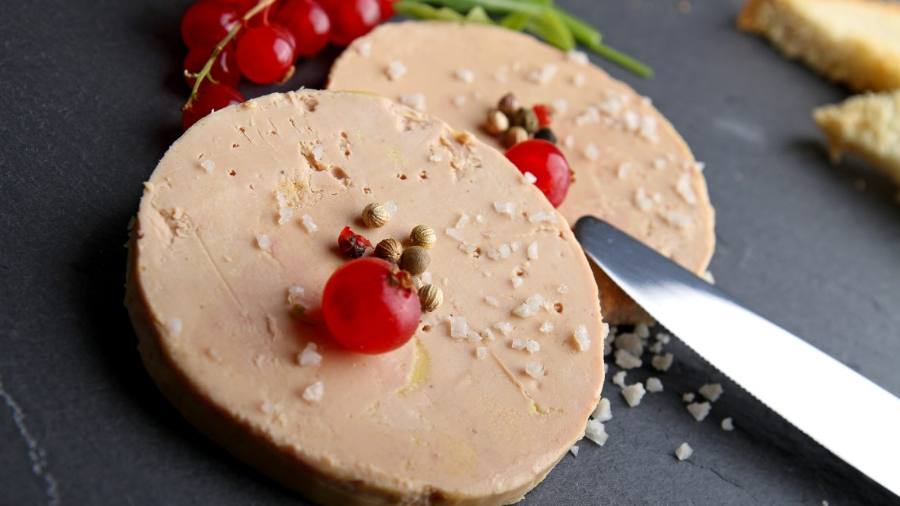
European countries produce produce approximately ninety percent of the world's foie gras. Foie gras is a protected cultural and gastronomical heritage of France and 79% of the world's foie gras is made in the country with most of producers in the Dordogne Valley. The French duck and goose foie gras production is 95% duck and 5% goose. Aquitaine, which includes the Dordogne (Périgord), the Landes and the Pyrénées-Atlantiques is the leading foie gras producing region.
Why Foie Gras Rules the Fine Dining Scene
In the world’s best restaurants, you’re bound to find foie gras on the menu. Although it’s an integral part of French gourmet standards, it’s a practice that the Ancient Egyptians perfected for fattening up birds. Even though it’s controversial, it is still one of the best luxury foods. While you can make it at home, having it at the world’s best restaurants is a far superior experience.
What Is Foie Gras?
Foie gras is an exceptional delicacy, one that is made with duck or goose liver. To get it into a fatty format, the liver needs to be enlarged. This is where those Ancient Egyptian techniques come into play and why many people are upset by the practice. The birds are force fed corn in a method called gavage. This successfully fattens them up. While there are people that are unhappy with this because they see it as animal cruelty, France has a law that protects foie gras because it is part of the cultural and gastronomical heritage of its country. Additionally, many producers of foie gras have found it is possible to perform this technique in a humane way since geese and ducks naturally fatten themselves up prior to migration.
Foie Gras Taste
It depends on which type of foie gras you sample to describe the taste. At the world’s best restaurants, you will likely find goose foie gras or foie gras d’oie. This one is the most rich and buttery option with a more refined flavor. Duck foie gras or foie gras de canard is a little more gamy and slightly less fatty. Additionally, foie gras comes in grades. Grade A is the best of the best. When foie gras is ranked at this level, it is firm, smooth, and consistent. It will have a sweet smell and be simple to prepare with the best flavors. As such, it’s the most expensive and will be featured on the world’s best restaurants’ menus. Grade B foie gras also has a rich taste like Grade A, but it is smaller in size, softer in texture, and has some defects. This type is best for making pates. Grade C is the lowest quality of foie gras, something that these top tier restaurants wouldn’t use except perhaps to flavor and thicken up sauces.
How to Eat Foie Gras
When dining in a top restaurant, if you see foie gras on the menu, it will likely be served with crackers or farmhouse-style bread. It is sliced rather than spread, and you may have fruits served along with it too. If you want to pair it with wine, something sweet like Sauternes will do, or choose champagne and toast to living your best life!
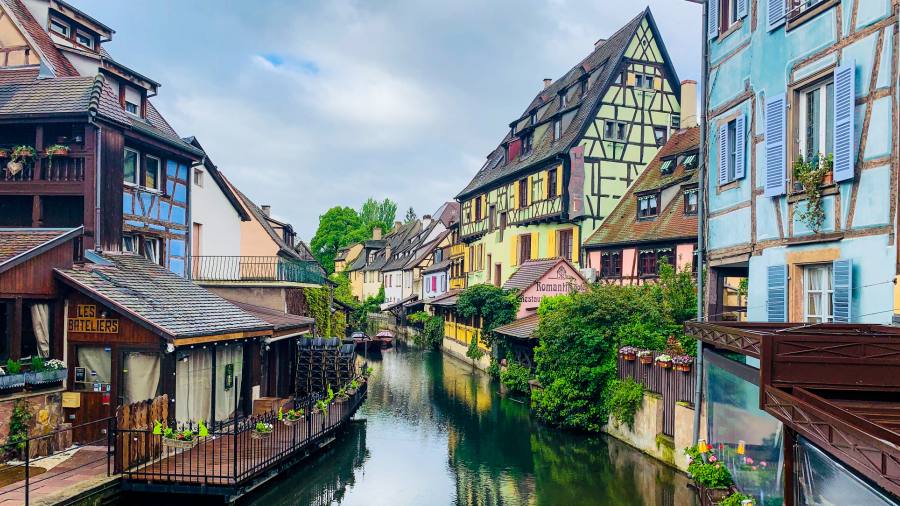







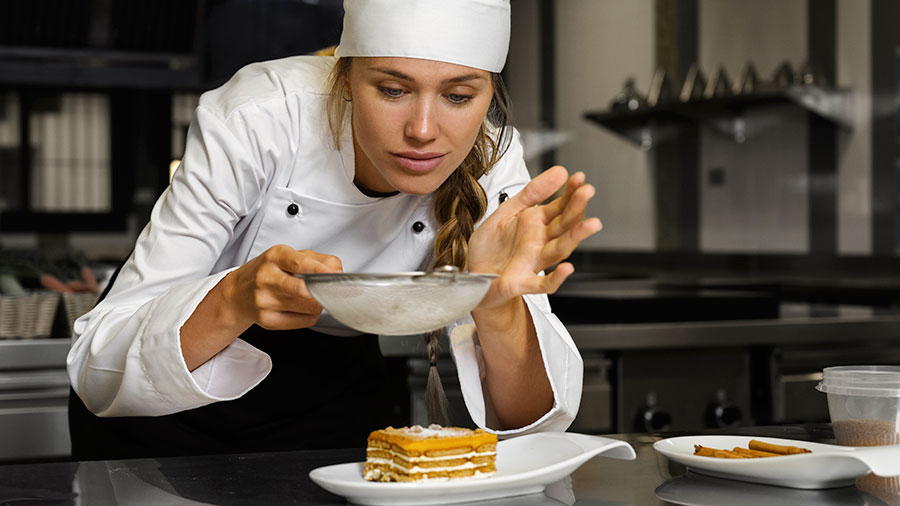
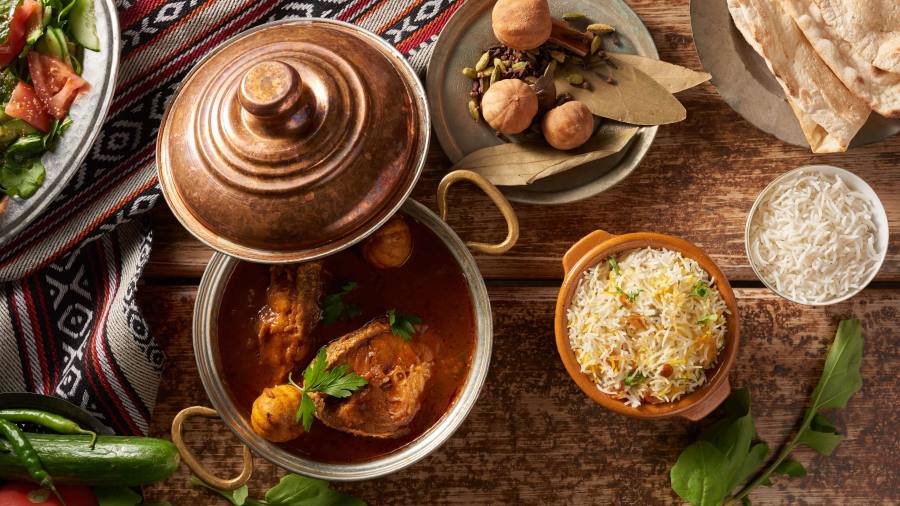

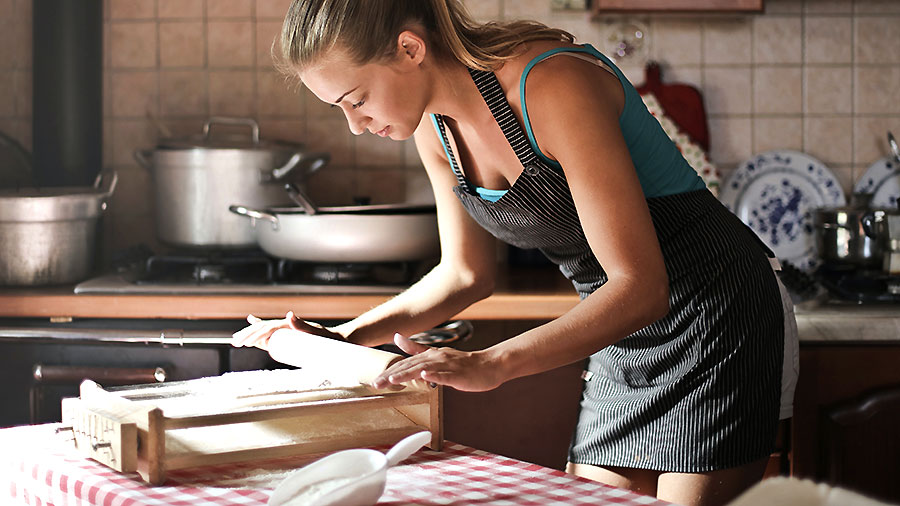
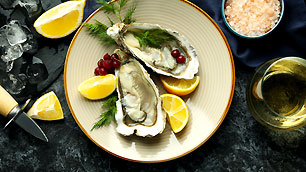 Must Try Foods
Must Try Foods
 Gastronomy Cities
Gastronomy Cities
 Chef's Talk
Chef's Talk